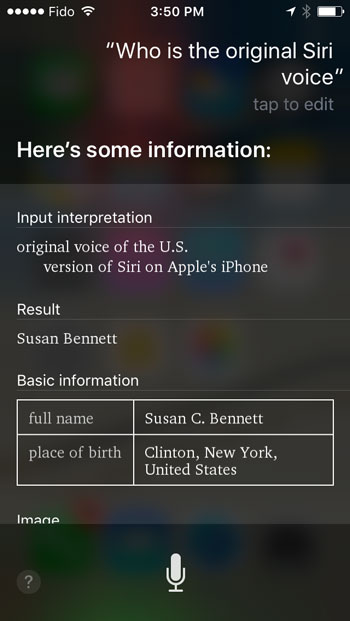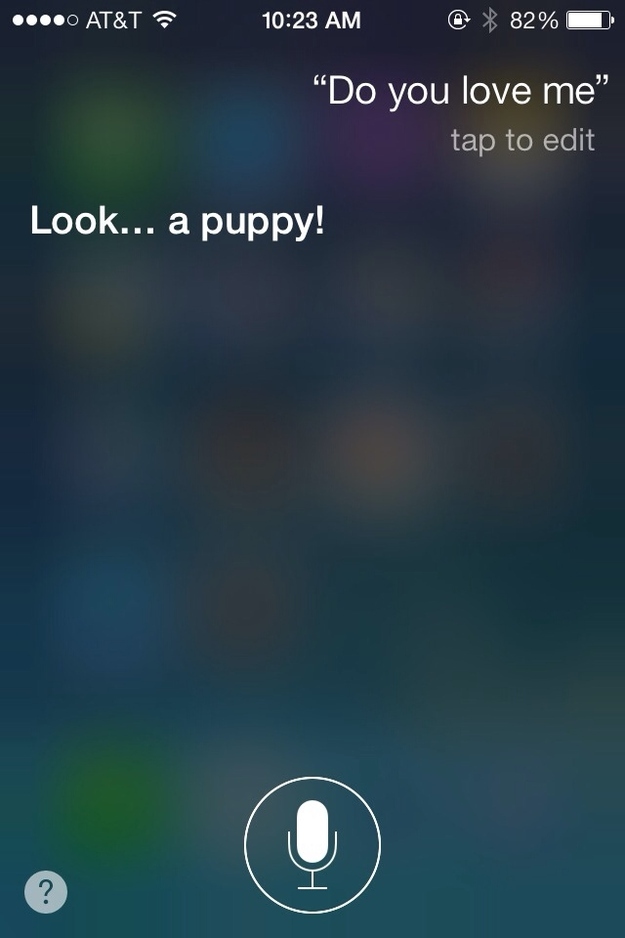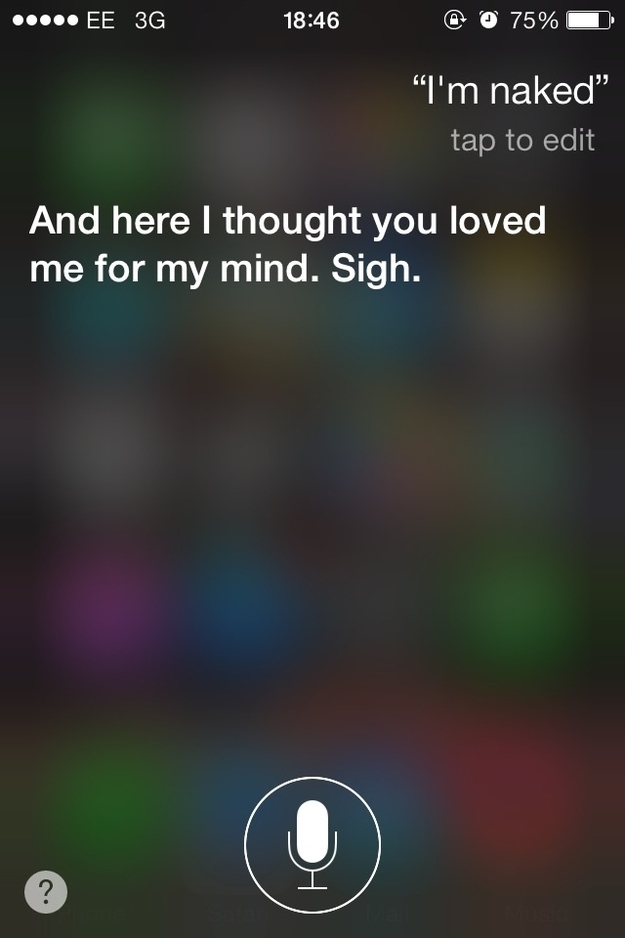The Sassy Side of Siri
She’s a singer, voice actor and public speaker, but you most likely know Susan Bennett as the original voice of Siri, the built-in “intelligent assistant” that made it’s first appearance in the iPhone 4S. Short for Speech Interpretation and Recognition Interface, Siri uses artificial intelligence to respond to questions in a way that sounds natural and almost life-like.

Before Steve Jobs had introduced the iPhone, Bennett had been recording her voice for a third party text-to-speech company that Apple would ultimately purchase all of their voices from. She worked fours hours a day for a month on a speech programming process called ‘concatenation.’ Bennett explains that “The recordings that ultimately became Siri were done to get all of the sound combinations in the language. I read thousands of phrases and sentences that were created for sound rather than content. Afterwards, technicians and computers went into the recordings, extracted sounds, and reformed them into new phrases and sentences. These became Siri’s and other virtual assistants’ responses on our devices. The first concatenated voices sounded really robotic and unnatural and that’s why the original Siri was so iconic: She was the first concatenated voice to sound human, and you could interact with her. Now, with each iteration of Siri, the voice is more and more natural, which is the result of improvements in technology.”
Siri is made even more life-like by the added sassiness which is partly due to the writers Apple hired to create cheeky responses to some common, often provocative, questions. And then there are those times when a Siri answer seems to border on snarky which as Susan explains to Time Magazine, “There are some people that can read hour upon hour . . . I get extremely bored . . . That’s one of the reasons why Siri might sometimes sound like she has a bit of an attitude. Those sounds might have been recorded the last 15 minutes of those four hours.”
Helkio: How would you say the Voice Over (VO) industry has changed over the past decade?
Bennett: The VO business has been completely revolutionized by technology over the past decade. Even the way talent are hired has changed. In the past, most work was union, so the talent were paid fairly, and they had a union agent who kept an eye on things. They auditioned through the agent so there was a real structure in place. With the internet came lots of VO production companies, that had access to a lot of non-union work; and with technology came home recording studios, so talent began working at home, directly with the production companies, or directly with the client through their own companies.

In the past, VO was kind of a mysterious thing. People in the business, or people in related businesses like acting, music, jingle singing, etc, knew about it, but most people didn’t. That changed with movies like In a World, and the fact that VO was talked about a lot on the internet and social media. The result is that there are now thousands of people out there competing for voice work, which makes it more difficult than in the past. The voice actor has to be his/her own agent, marketer, accountant, engineer, and talent. There’s a lot of opportunity, but the talent can no longer just get by on reading copy.
What’s the most significant thing that changed in after discovering you were the voice of Siri?
The fact that I was the original voice of Siri! It had a lot of repercussions on my career and it took me many months to get used to it. However, it ended up becoming a very interesting part of my life and I’ve begun a new career because of it; doing speaker events in which I talk about Siri, the VO business, and how it all affected me.

Touring with Burt Bacharach or Roy Orbison, which was the richer creative experience for you?
That’s a very difficult question to answer, because the two experiences were very different. I only toured with Burt for a few weeks but it made a huge impact. I got to sing with him surrounded by a full orchestra, so it was incredible, musically. I toured for two years with Roy and his five piece band, plus two other singers. My first gig was in Bulgaria televised to ten million people. I made some very good friends on that tour, and I also got to sing a duet with Roy, playing the Emmy Lou Harris part in “That Loving You Feeling Again” so it was an important part of my life, both musically and personally.
Originally published on MyGayToronto, Ray’s Anatomy Januuary 2017
